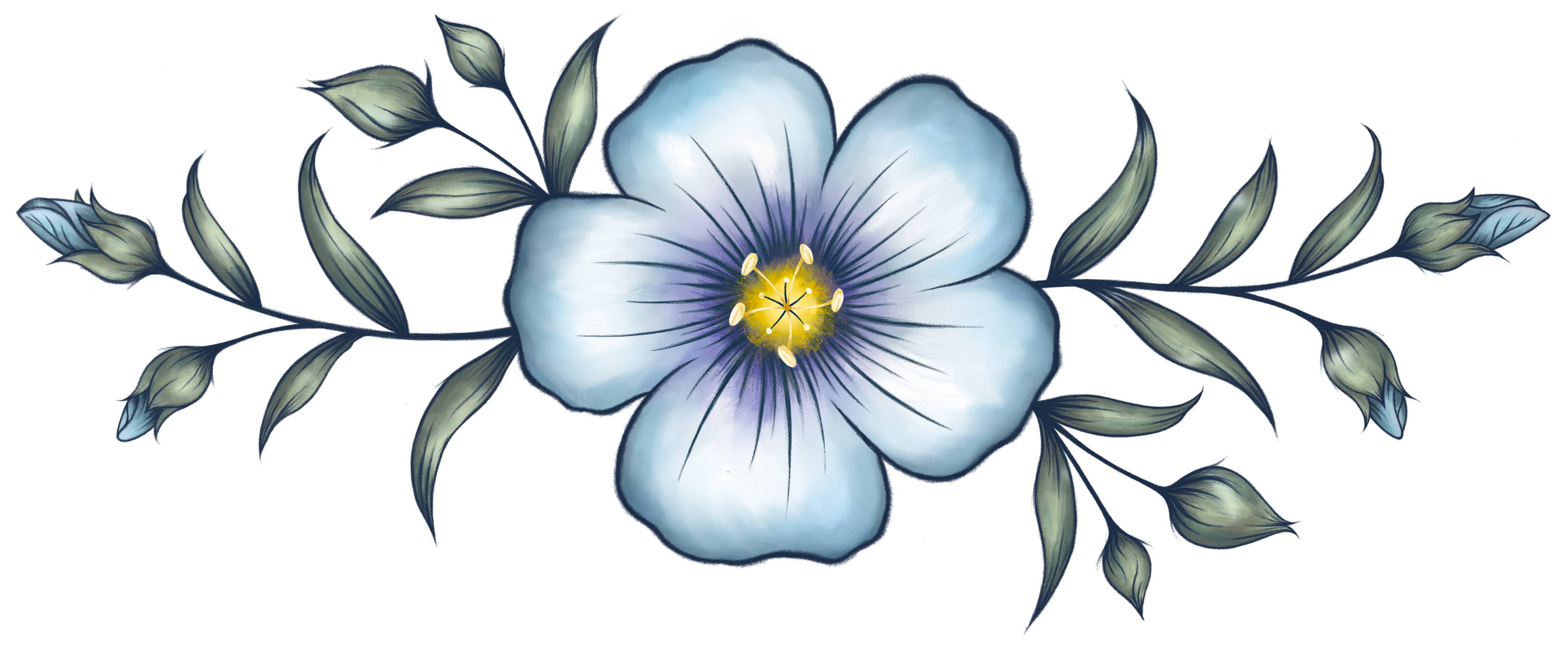Things to consider when purchasing ethically and sustainably produced clothing.
When you decide to start adding thoughtfully produced clothing to your wardrobe you are going to have a lot of brands vying for your attention. This is great news! The number of companies producing sustainable goods has grown exponentially over the last few years, but so has the number of brands utilizing green washing, the practice of throwing around terms that don’t actually mean much, but give their customers some good feels about doing the right thing.
The garment industry as a whole has traditionally been a dirty one, environmentally as well as ethically. Change occurs as consumers demand more accountability from their favorite designers. But sadly, as long as the idea that cheaply manufactured goods are both attractive and disposable remains embedded in our collective psyche, progress remains elusive.
That being said, the choice of apparel one purchases and wears is a personal one, and each of us makes those choices based on our values, budget, needs, wants and emotions. I am not writing to judge anyone, but to explore how we can make the best decision for ourselves, our society and our planet.
Here is my take on how to make clothing choices that benefit rather than harm. First, be thoughtful and honest with yourself, why are you considering this purchase? You had a bad day? Your favorite pair of white linen pants finally wore out and it is time for a replacement? There is no right or wrong answer, but being clear with yourself on what you are trying to accomplish will lead to the best possible choices. Being intentional about what your desires and needs are will result in better choices. As will a little planning and research.
Some things to consider:
- Where was this item of clothing made? Apparel produced overseas is not inherently of inferior quality or made with the use of exploited labor, but purchasing from a large corporation can sometimes make it harder to determine if that is the case. Purchasing directly from smaller, local makers allows you to know more; ask questions if their practices aren't clear.
- What is the garment made of? Natural fibers have myriad benefits, but perhaps most importantly they are made from plants instead of petrochemicals, and most can be composted at the end of their useful life. Garments made from polyester, nylon, and other man made fibers can disperse micro plastics each time they are laundered, and end their lifecycle in the landfill.
- What place will this garment have in your wardrobe? What will its function be? Will it be a staple worn weekly, a once-a-year occasion piece, your daily workout outfit? Think past the acquisition high. Considering how a potential purchase fits into your life can be the difference between a thoughtfully constructed wardrobe that brings you joy, and a frustratingly full closet that leaves you feeling you have nothing to wear.
- Versatility; look for garments that can be worn in more than one way, or that coordinate well with pieces you already own and love. This is a opportunity to flex your creative muscle.
- Investing (within your budget) in quality pieces that you will wear for more than a season, that complement your body and style, and that feel good to wear. A well made garment in an appropriate fabric should last for years of enjoyment.
I design and produce clothing in natural fibers for many reasons. Because I am in love with natural textiles, their look and feel. Because sustainability resonates with me. Because designing and making is creatively fulfilling to me.
I believe running a small business that respects those with whom it works benefits our society; it is my passion. A daily endeavor that never fails to challenge me, dozens of moving parts that come together to produce garments of which I am proud. What started as a seed of an idea has become a fulfilling vocation, full of both challenges and victories large and small. Won't you join me in enjoying comfortable, flattering, planet friendly natural fiber clothing?



